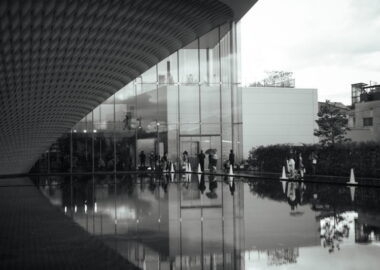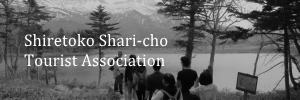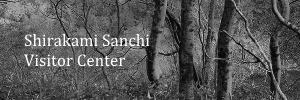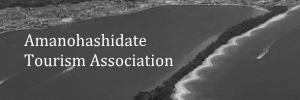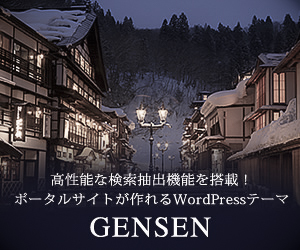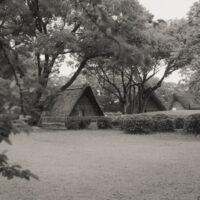Here I would like to talk about Kunozan Toshogu Shrine. (‘Toshogu’ is sometimes spelled ‘Tosho-gu’.) This is one of the most historically important shrines in Shizuoka Prefecture, which is in central Japan (the Chubu Region). The shrine is located at the top of Mt. Kuno. If you are looking for a place to go in the middle of the Japanese archipelago (between Osaka and Tokyo), this place is one of my recommendations.

This Shinto shrine was built in 1617. And now there are thirteen structures in total in the compound. All of them are the original buildings from the early 17th century and all of them are listed as Important Cultural Properties of the nation. And the main building and its surrounding area became a National Treasure in 2010. This shrine was built to enshrine the soul of Lord Tokugawa Ieyasu and to worship him as a deity.
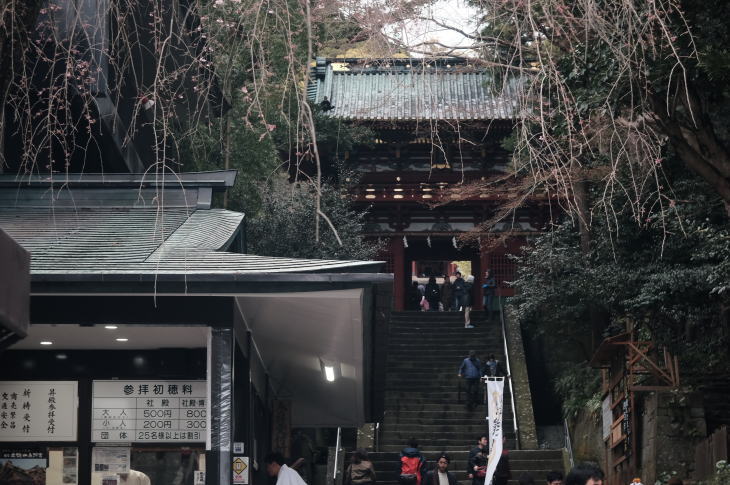
The Tablet on the Romon Gate
At the entrance of the shrine precinct stands a big two-storied gate called Romon. It was constructed around 1640 by the third Shogun, Tokugawa Iemitsu, who was the grandson of Ieyasu. There is a large tablet on the gate. The kanji characters on it were autographed by none other than the emperor of Japan at that time (Emperor Go-mizunoo).

The characters can be read Tosho Daigongen (東照大権現), which roughly means ‘the Illuminator of the East’, which is the posthumous name of Lord Ieyasu as a deity. Actually, ‘Toshogu shrine’ means ‘the shrine where Tokugawa Ieyasu is enshrined’. Among many Toshogu shrines in Japan, this one is the first Toshogu and the most important one along with Nikko Toshogu in Tochigi Prefecture.
Lord Tokugawa Ieyasu
Lord Tokugawa Ieyasu is one of the most famous historical figures in Japan. He is the first Shogun of the Edo feudal government. Edo is present-day Tokyo, and Shogun was a title the emperor of Japan gave to a feudal lord.

When Ieyasu was born in 1542, Japan was in turmoil. The nation was divided into many small countries and they always fought with each other. At first Ieyasu was just one of those feudal lords and he fought many battles himself. But finally, he won a decisive battle in 1600 (the Battle of Sekigahara), unified Japan and opened a feudal government in Edo. And this Edo government lasted for more than 260 years. It was a peaceful period (roughly speaking). So he united Japan and brought peace to the country. That is why many people still respect him.

Lord Ieyasu spent his last days in Shizuoka, until he passed away in 1616 at the age of 75. And after his passing, people immediately carried his body to Mt. Kuno according to his will. One year later, Ieyasu’s son, the second shogun of the Edo Shogunate, built the shrine there.

In Shinto tradition, the soul of the person who contributed greatly to the country turns into kami (a Shinto deity), and becomes an object of worship. And when we visit the shrine and worship the person, we receive blessings of magical power by that person.
The Carvings on the Romon Gate
When you get to the towering Romon Gate, please pay attention to the wooden carvings above before walking through the gate. There are the carvings which depict a lion and peony flowers. The lion is considered to be the king of the animals and peony (tree peony) the king of flowers. Considering Ieyasu’s position, the lion is an appropriate symbol.

But the most interesting carvings are the ones which depict an imaginary animal called baku (pronounced as ‘bar-koo’). Baku has the nose of an elephant and the belly of a snake. And its main food is all the metals like iron and bronze. And that is why people consider it to be a symbol of peace. I mean, in the war time, all those metals are usually gathered and turned into the weapons. Then baku can’t live because of the shortage of their food. But looking at the carving there, it seems he is healthy and well-fed, which implies the world is at peace now. People think the carvings of baku represent the most important message from Lord Ieyasu: his wish for peace.

Guardian Statues
There are two statues of guardians inside the gate structure. They are protecting the shrine. If you look closely at their faces, you will find the mouth of the left one (the younger one) is wide open, and the mouth of the right one (the elderly one) is tightly closed. They say that this represents the beginning and the end of all things in this world. At the back of the gate, two sculptured guardian animals are also protecting the shrine.
The Sacred Stable
After you walk through the Romon Gate, you will see a small structure called the Sacred Stable on the left. You can see a wooden carved horse inside. According to the shrine, Hidari Jingoro, a master sculptor in the early 17th century, carved the horse.

They say that, for a while after Ieyasu’s death, a real horse looking like the carving was living here. It was a horse Ieyasu loved so much. The story is told that the horse came out of the stable every night to sleep beside its master’s grave (which was in the same compound). And every morning the horse returned to the stable to eat feed. But one morning a priest noticed the horse had not returned yet. So he went to the grave to look for the horse, which was already dead there as if still sleeping. And the master sculptor, listening to the story, carved the horse and dedicated it to Kunozan Toshogu.

There is another side-story about this horse. There was a man who was in charge of looking after the horse. He was a retainer of Ieyasu. Ieyasu died on April 17, 1616, and soon afterwards he committed suicide himself in seppuku style. We call it Junshi: follow one’s master to his grave. This form of suicide was sometimes seen under the feudal system in Japan.
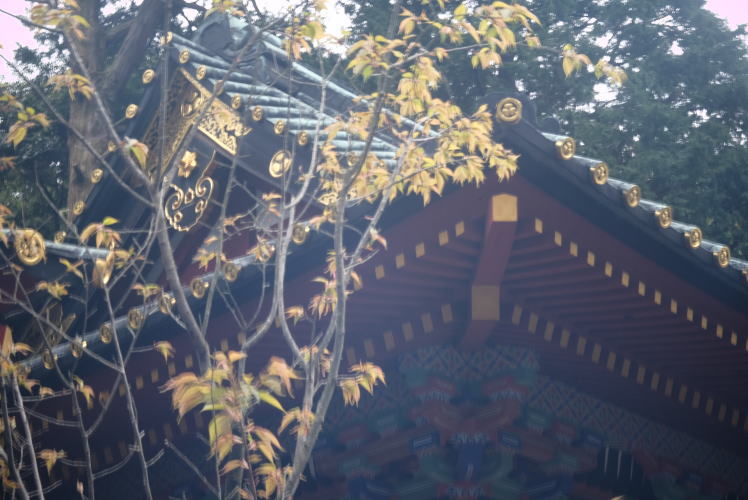
Lacquer Coating
By the way, many structures in the shrine, including the Sacred Stable, are colored vermilion. This vermilion color comes from lacquer painting. People consider vermilion color to be auspicious. And lacquer is resistant to heat and moisture, as well as being anticorrosive and insect proof. However, it is vulnerable to the ultraviolet radiation, and extreme dryness causes cracks on the surface. That is why once in 50 years, the total recoating of lacquer for all the buildings is needed. The last one was done in 2006.
The Main Hall
If you stand in front of the main building (sanctuary), which is a National Treasure structure in the shrine, you may think the shape of the building is a little odd. It is a sort of a complex consisting of the three different sections. Haiden, or the worship hall, is the place where people throw a coin and make their wishes. Honden, or the Main Hall, is a place where a spirit of Ieyasu resides as kami. And the small section called Ishi-no-ma (石の間), or the Stone Hall, connects these two structures.

This architectural style is very specific to a Toshogu shrine and they call it Gongen Zukuri (権現造り) structure. The floors of these halls are usually at a different level. The Stone Hall is, in a way, an anteroom to the sanctuary. Every morning a Shinto priest comes to the Stone Hall and makes an offering to kami and prays.
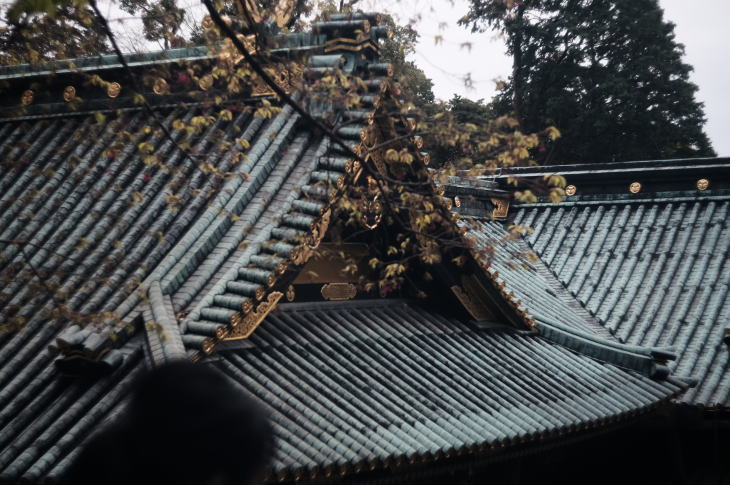
Colorful Decorations
After Lord Ieyasu died in 1616, his successor, Hidetada the second Shogun, immediately ordered the construction of the shrine. A man called Nakai, a master carpenter at that time, supervised the construction. And it took Nakai and other master craftsmen one year and seven months to complete the sanctuary building. Very fast construction for this type of structure.
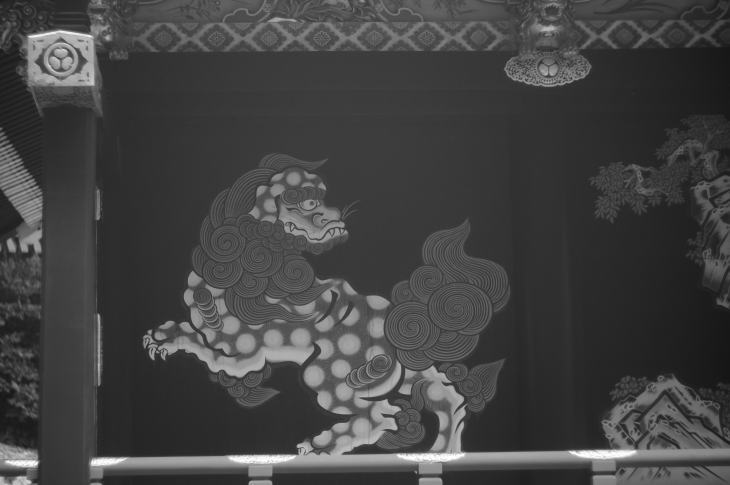
The highlights of this National Treasure area include extravagant wood carvings, gold leafs and painted decorations, (needless to say the prowess of the construction work). For paintings, five different colors are used. They are natural mineral pigments and black lacquer. They are all high-quality domestic produces.

The subject matters carved or painted here were not chosen randomly but each has its own meanings. People think these artifacts reflect secret messages from Ieyasu. So if you visit the shrine, I hope you will pay attention to them and try to look for hidden messages from Ieyasu.
The Tomb of Lord Ieyasu
If you take the stone steps from the Main Hall for a few minutes, you will reach the tomb of Lord Tokugawa Ieyasu. For a couple of decades after his death, there was a small wooden shrine with a thatched roof standing there instead of the stone. In 1640, by order of the third Shogun, Iemitsu, the giant stones were brought there by ship from Izu Peninsula and processed there.

Several days before his death, realizing that his days were numbered, he uttered his final words. He said that after his death, his body should be buried in Mount Kuno, looking toward the west, the burial should be completed before the dawn, his funeral should be held in Zojoji Temple in Edo and after a year, a small shrine should be built in Nikko so that people can come to worship him.
So this tomb stands looking toward the west according to his will. The reason why he said “west” is unclear, but people speculates that his birthplace, Okazaki Castle, lay in the west, and also there was a city of Kyoto in the same direction.
The Last Days of Lord Ieyasu
Let me say a few things about the death of Lord Tokugawa Ieyasu. On a day in January 1616, three months before his death, he went for hunting with his favorite falcon. Falconry was a popular amusement among feudal lords at that time.

And it was when he ate tempura of a fish called sea bream. People in Japan has believed that a sea bream is a king of fish, and they have eaten the fish mainly at festive occasions, like wedding ceremonies or New Year’s Day. Ieyasu ate the tempura of this fish and reportedly since then his health had declined.

And three month later on April 17, 1616, he passed away at the age of 75. Therefore, people have long believed that the sea bream was the cause of his death. But the recent scientific studies suggest that the cause of his death might have not been the tempura but the stomach cancer. However, the truth is still a mystery.
The Karamon Gate
In the center of the shrine precinct stands a bronze torii gate which was erected in the late Edo Period. It is a third incarnation. The original one was made of wood, the second, of stone. And then, after you walk through it, a short walk takes you to the steep stone steps leading up to the Karamon Gate (Chinese-style Gate). It is the formal entrance to the sanctuary area which has a tamagaki fence (玉垣).

In the Edo Period, it seems that ordinary people were not able to proceed beyond this gate. They say that only the high-ranking samurai had a right to pass under it to worship at the main building.

Even today, we usually can’t pass under the Karamon Gate, except for a special occasion like a wedding ceremony or purification ceremony among others. However, fortunately nowadays, we can enter into the sanctuary area through the east entrance, bypassing the Karamon Gate and can appreciate a number of wonderful artifacts inside the fence.

The Artifacts on the Karamon Gate
The Karamon Gate structure is a collection of intricate carvings and gorgeous decorations. Although we can observe the front side of the gate only from a distance of several meters, we can see the artifacts on the back side from close up. There are various carvings here, for example, a lion’s head among some peonies, and birds perching in black pines.

A high-level engraving technique called “open work” was used in these carvings. In addition, when the door of the gate is opened, the view from the back of the gate is probably one of the most photogenic of the compound, with the Pacific Ocean seen at a distance over the roof of the Romon Gate.

The Legend of a Carp
In China, there is a legend of a carp swimming against a strong current to reach a gate called Ryumon in order to become a dragon. This tale seems to suggest that people need to overcome various hardships to attain success. And in Japan today, we often use a term Tou-ryumon (登竜門, literally, climbing up to Ryumon) to represent ‘the gateway to success’. They say that the Karamon was designed with this legend in mind, the steep steps representing a strong current.
Getting There (English Map)
Kunozan Toshogu Shrine is about 8.5 km (5.3 miles) to the southwest of Shimizu Port and about 13 km (8 miles) to the east of JR Shizuoka Station. Since there is no train station near the shrine, using a rental car or a taxi might be the best way to get there. The shrine is at the top of Mount Kuno, and there are two ways to reach there: One is to park your car at the foot of the mountain and start climbing on foot (in this case, you need to climb up 1159 stone steps to reach the top); the other is to park your car at the top of Nihondaira hill, the adjacent mountain, and ride a cable car, which takes you to the shrine in five minute.
Other Photos
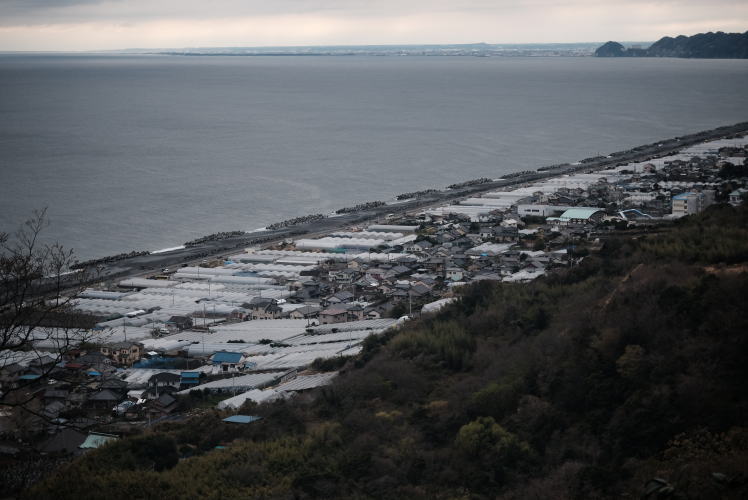



Places Nearby
Probably the most popular spot near Kunozan Toshogu is Miho Pine Grove (or Miho no Matsubara), which is popular for its beautiful scenery. In 2013, this pine grove became a UNESCO World Heritage Site as one of the “component parts” of Mt. Fuji. And, at the top of the Nihondaira hill stands the Nihondaira Yume Terrace. The view of Mt. Fuji and Shimizu Port seen from its observation deck is superb. If you are curious about trying Japanese traditional dishes like sushi or sashimi, I recommend you to go to the Shimizu Port area because several restaurants would offer you a tasty fish dish there.
Conclusion
If you are thinking about a trip to Japan on a cruise ship and are looking for a local English-speaking tour guide around Shizuoka and Shimizu area, please send an e-mail through the Rates/Contact page of this site.
Photographs: taken at Kunozan Toshogu Shrine,
by Koji Ikuma, with Fujifilm X-T1
equipped with a Summar 5cm f2 lens.
Outbound Links (New Window)











